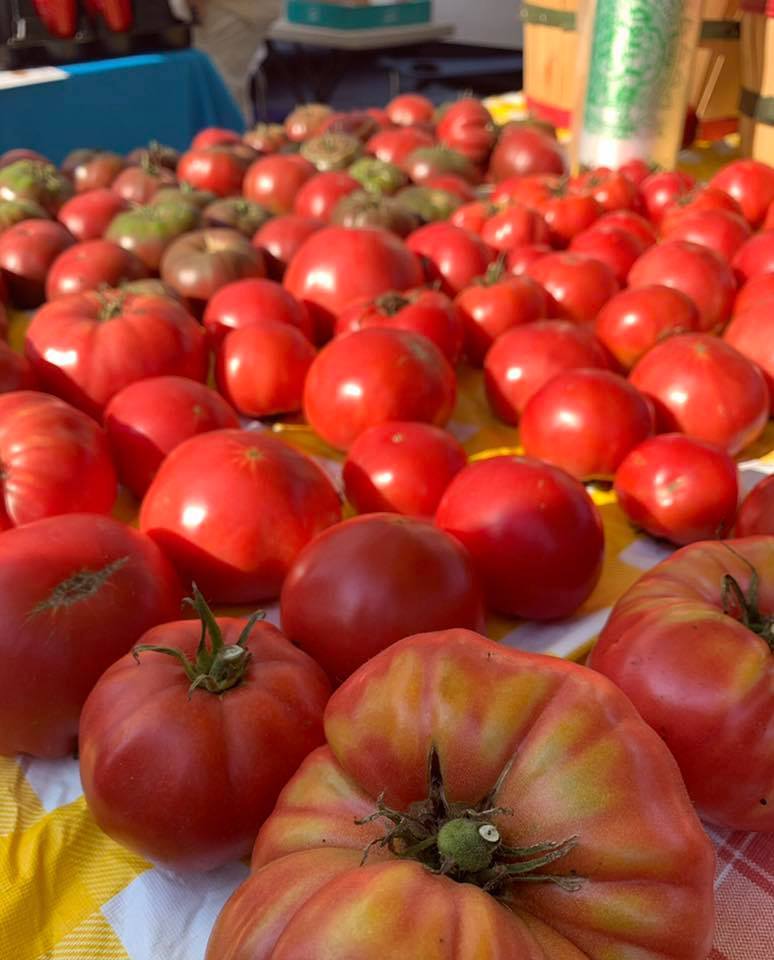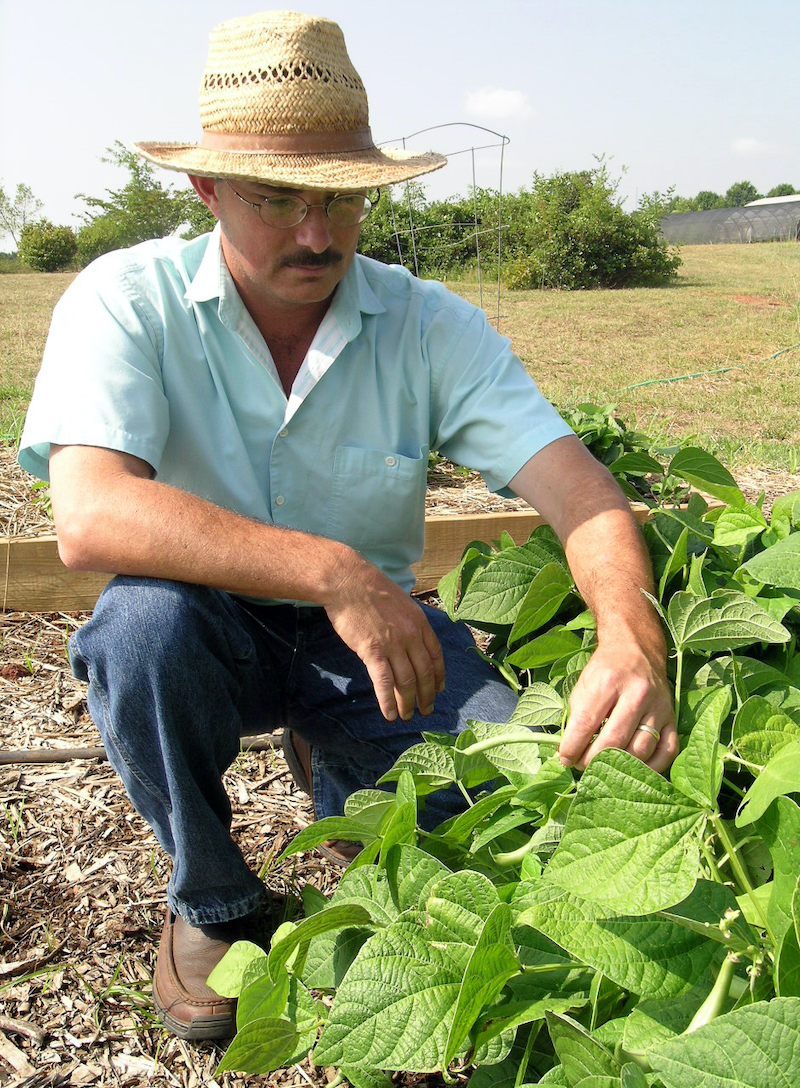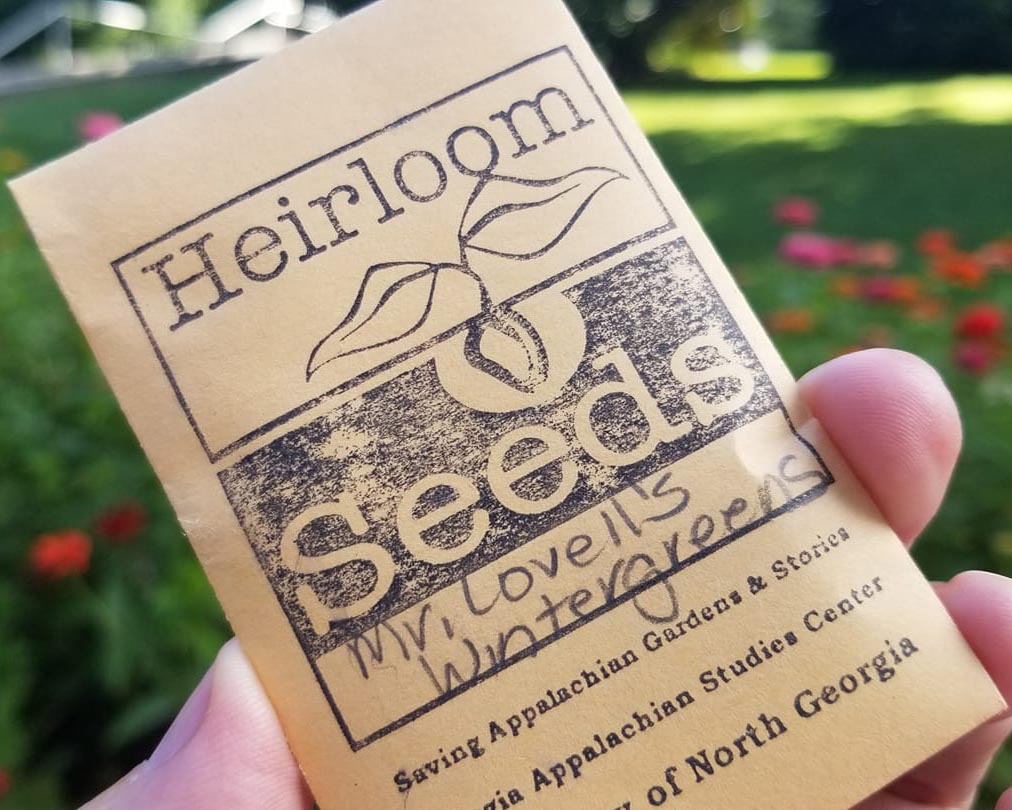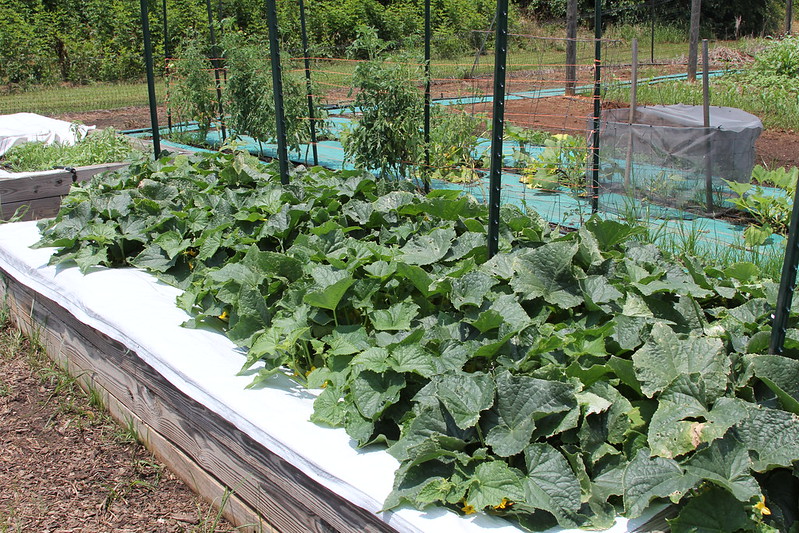 CAES News
CAES News
Summer Tomatoes
During the summer growing season, the love many have for a homegrown tomato approaches obsession. In fact, some people love tomatoes so much that they struggle to grow them — because they give their plants too much care.





